Laboratories — More Information
This page explains laboratories in more detail. If a laboratory you are looking for is not listed here, please check the Laboratories page.
Mechanical Engineering Course
Dynamics of Machinery Laboratory
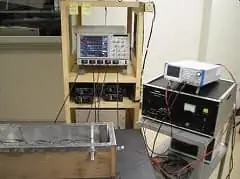
We study widely the mechanical behavior of machines and structures. We examine “deformation and strength of materials after impact” and “identification of viscoelastic properties of materials by wave propagation” using high-precision measurement devices. We also research “structural and mechanical properties of materials” and “optimal design of shapes” using computers.
Obtained experimental or analysis methods are applied for the development of sports and medical equipment and the design of production equipment.
Thermal Engineering Laboratory
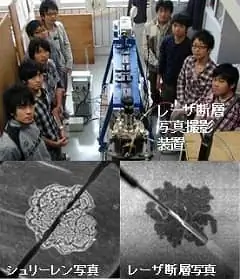
The use of hydrogen is the best way to solve the energy and environmental issues in the 21st century. The purpose of our research is to elucidate the fundamental phenomena of hydrogen combustion and to develop combustion technologies from a combustion engineering perspective. Our research is essential for developing combustion equipment for the highly effective use of hydrogen energy and preventing potential disasters in a hydrogen-based society.
We also study maximizing the effective and safe use of limited hydrocarbon energy, including alternative fuels such as natural gas. Moreover, we research the behavior of gas-liquid flow in a channel for safely designing and operating heat exchange equipment, including a power plant, one of the energy conversion equipment.
Fluid Dynamics Laboratory
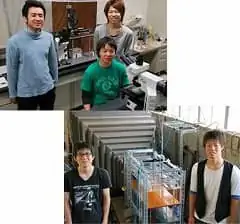
Liquids and gases are called fluids. We pursue the principle and application of flow phenomena using various fluids, including unusual slimy fluids called complex fluids.
We observe complex fluids flowing through channels narrower than hair using a microscope (photo above) and investigate the movement of fluid molecules using laser beams. The wind tunnel allows us to examine the flow around a model such as an airplane or a car.
Heat & Mass Transfer Laboratory
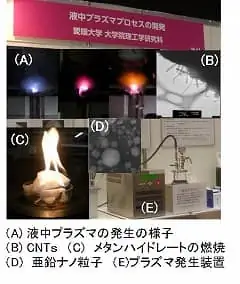
Our research aims to build a sustainable energy society and develop a zero-emission process. We conduct research to eliminate damage to the global environment by developing renewable energy sources such as solar, wind, and tidal power and using wastes and waste energy as a resource for production.
Therefore, we study the following topics: the generation of fuel gas, the development of new materials for solar cells and fuel cells, the effective use of acoustic energy, micro and nano scale dynamics, and the proposal of numerical models. We also research the utilization technology of submerged plasma as a core laboratory of the plasma and photo science research at Ehime University.
Our slogan is the following: “Use English when speaking and writing.”, “Make the world your stage.”, and “Master academics and sports.”
Applied Mathematics Laboratory
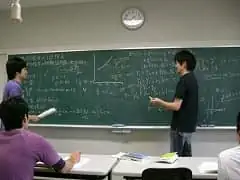
We study “mathematics” related to mechanical engineering.
In mechanical engineering, various machines are created by calculating strength and stability after understanding the fluid behavior such as air and the characteristics of elastic materials such as metals. It is convenient if mathematical formulas or mathematical models can describe the behavior and characteristics. A reliable mathematical model allows us to calculate strength and stability without repeating experiments.
Therefore our research theme is “the creation, application, and reliability verification of mathematical models” by modern math theory and computers.
Mechanics of Materials Laboratory
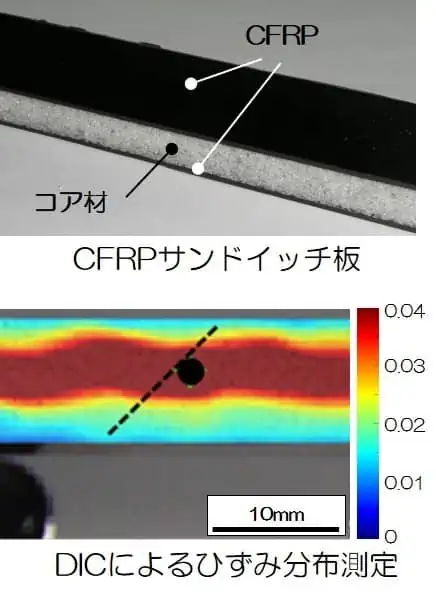
We elucidate the process of fracture of carbon fiber reinforced plastics (CFRP) used in aircraft and automobiles by measuring or observing deformation and damage using optical fiber and the digital image correlation method (DIC). (DIC is a non-contact measurement technique for the deformation and strain of materials by analyzing images.) Strains due to deformation and damage under the molding, load, and temperature change can be measured with high accuracy by inserting a fiber Bragg grating (FBG) sensor, a type of optical fiber sensor, between the layers of CFRP laminates.
We verify the accuracy of the digital image correlation method (DIC) using stress analysis of the finite element method or theoretical solutions.
Innovative Materials Processing
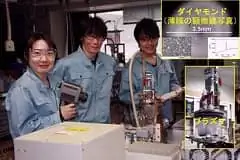
We study processing methods that form the foundation of engineering.
“Processing” is the process that gives energy to the material and converts it into a different form. Recently, we have devised a new processing method using plasma energy, conducting experiments to synthesize diamonds readily and rapidly using alcoholic beverages in a high-energy plasma state. The synthesis speed of diamond has reached 0.2 mm per hour.
We also study new processing methods, including impact processing using a fine particle beam and diamond synthesis using open-air plasma. The day may soon come when you can quickly and easily synthesize the substances you want to produce.
Strength & Fracture for Advanced Material Laboratory
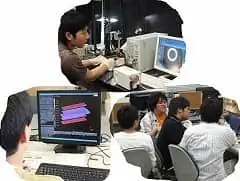
We contribute to making mechanical and electrical components and structures safer and more environmentally friendly, used in airplanes, spaceships, cars, ships, nuclear power, and chemical plants.
Recently, you can see various ultra-small size products around us, such as parts for mobile devices. In particular, the development of electronic components requires highly functional and high-strength materials. Therefore, we research and develop a wide range of material properties, strength properties, safety and reliability evaluation from nano to micro-level, using experimental, analytical, and simulation analysis methods.
We are engaged in world-class research on materials every day to realize a prosperous society. Our alumni are now working in Japan's leading companies and play an active role in the world. Let's aim for the world together from Ehime Prefecture.
Laboratories in Intelligent Systems Course
Control Engineering Laboratory
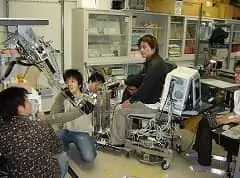
Our research focuses on what is necessary for intelligent machines to behave in a way that is comfortable and psychologically desirable for humans.
We use the following methods to ensure that the intelligent machine is attentive to humans, moving gently at humans' pace. First, we model human's smooth, graceful, and compassionate motion and force characteristics after analyzing. Secondly, we adjust the results to be more desirable for humans. Finally, we apply them to cooperative actions between intelligent machines and humans and movements that support humans.
Robotics & Intelligent Systems Laboratory
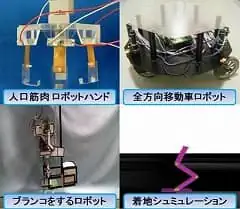
Robots are the integration of system technologies. We develop various robots, including robots using artificial muscles, which are gaining attention as a new form of the actuator. The mobile vehicle robot we developed can recognize the robot's position and obstacles and take appropriate action to arrive at the destination using the latest sensing technology. We also developed humanoid robots to cooperate with humans and support them.
We also develop computer programs that can calculate on the motion, dynamics, and control of mechanical systems such as robots and living systems such as humans and animals.